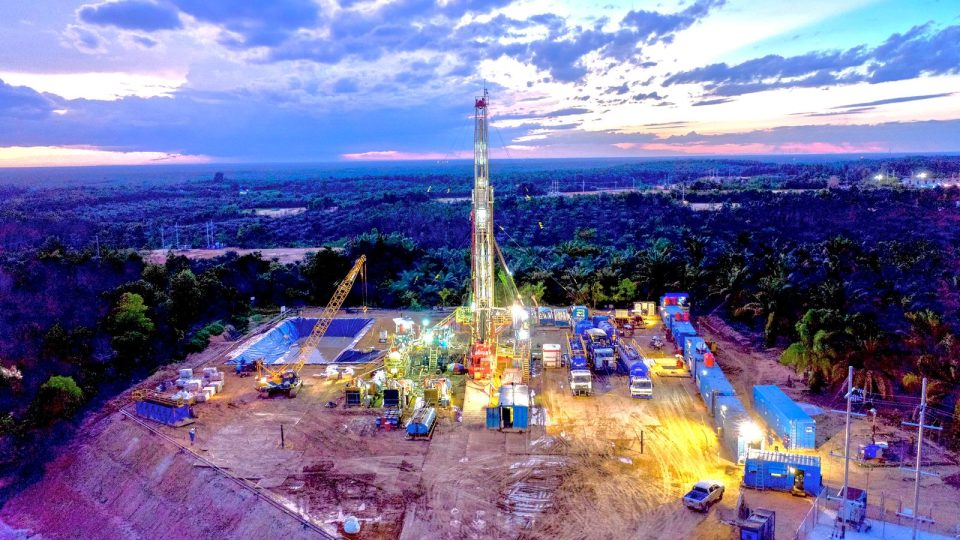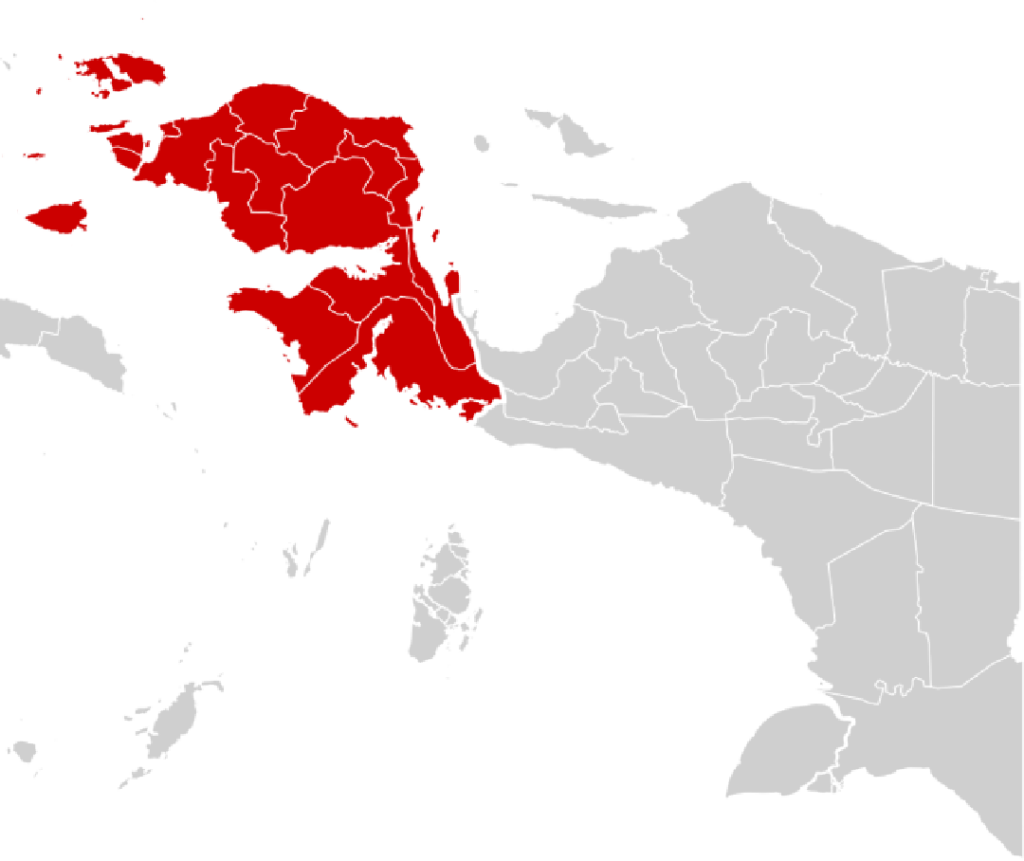In the remote and rugged highlands of Papua, where verdant hills meet winding rivers and age-old traditions still guide the lives of many, something transformational is stirring deep beneath the earth. For decades, this region—Indonesia’s easternmost frontier—has been recognized more for its natural beauty and complex politics than for its role in national development. But that narrative may soon change.
Pertamina EP, a subsidiary of Indonesia’s state-owned energy giant, has set its sights on producing and commercially selling natural gas from Papua for the very first time in the province’s history. Targeting late 2026 for first gas delivery, the company is advancing operations in the Kuw and Markisa fields, with production expected to reach up to 9.5 million standard cubic feet per day (MMSCFD). The implications are vast—not just for Indonesia’s energy mix, but for Papuan prosperity, autonomy, and economic inclusion.
“It’s not just about gas production—it’s about giving Papua the chance to participate meaningfully in the energy value chain,” said one energy official close to the project.
Indeed, the significance of this development transcends resource extraction. If managed responsibly, this project could shift Papua from a peripheral resource zone to an active contributor in Indonesia’s national energy ecosystem, while giving indigenous communities a stake in the wealth beneath their feet.
From Isolation to Integration: The Energy Equation
For too long, Papua has remained energy-poor in an energy-rich land. Despite having significant untapped reserves of gas, oil, and minerals, much of Papua still lacks reliable electricity, industrial infrastructure, or energy access. In many districts, communities rely on diesel generators or wood-burning stoves. Public services like schools and clinics face regular blackouts, and businesses struggle to operate consistently.
Pertamina’s gas project offers a rare opportunity to begin reversing this long-standing disparity. In addition to supplying gas for national markets via a confirmed domestic buyer, Pertamina has proposed dedicating part of the production for local consumption—including power generation and small-scale LNG use. This local allocation could support regional energy independence, boost productivity, and stimulate investment in agriculture, fisheries, and manufacturing sectors.
More importantly, the presence of gas infrastructure in Papua could serve as a launchpad for broader development—opening roads, creating jobs, and attracting complementary industries. For local communities, this may mark a rare chance to transition from observers to participants in the national economy.
More Than Molecules: Natural Gas as a Social Catalyst
To the untrained eye, the benefits of a gas field might appear purely economic—revenues, royalties, and exports. But in Papua, every kilometer of pipeline carries the weight of history, identity, and justice. The challenge is not just to extract gas but to embed equity into every layer of the project.
Pertamina has stated that it is working closely with local stakeholders, especially in land access negotiations, environmental approvals, and workforce planning. Land in Papua isn’t simply bought—it is governed by complex layers of customary rights and spiritual significance. Ignoring these realities has led to resistance in the past.
This time, the company has reportedly engaged with local leaders and customary landowners early in the process, seeking free, prior, and informed consent (FPIC)—a standard promoted by indigenous rights organizations globally. By securing a transparent agreement that includes benefit-sharing and community development clauses, Pertamina may set a precedent for responsible energy development in the region.
Beyond legal compliance, the project’s success will likely hinge on visible local benefits. These could include:
- Training centers for local youth, preparing them for jobs in drilling, plant operations, or engineering
- Scholarships and internships for Papuan students to study energy or geology
- Community funds financed by gas profits, directed toward education, clean water, and healthcare
- Support for local entrepreneurs supplying goods or services to the project
If structured thoughtfully, these interventions can help embed prosperity into Papuan society, rather than merely passing it by.
The Role of the Gas Buyer: Building Local Value Chains
A major breakthrough in the project came with the confirmation of a gas buyer who has agreed to develop a mini-LNG (liquefied natural gas) plant in Papua. This buyer—whose identity has not been publicly disclosed—intends to process the gas locally rather than piping it out in raw form.
This decision is critical. By processing gas on-site, rather than sending it to Java or exporting it abroad, value remains in Papua. The mini-LNG plant will not only provide local jobs and economic activity but also produce clean-burning energy for marine transport, small industries, or off-grid villages. It creates an ecosystem in which gas enables regional growth, rather than simply enriching distant markets.
Additionally, the physical presence of processing infrastructure attracts secondary industries—from maintenance and transport services to IT, catering, and waste management. Each of these nodes in the supply chain can be anchored in Papuan ownership if supported by fair contracting and transparent procurement systems.
Environmental and Social Balance: The Double-Edged Drill
The environmental sensitivity of Papua is globally recognized. From tropical rainforests and coral reefs to rare species and cultural sites, the ecological stakes are immense. Any industrial project, especially involving hydrocarbons, must tread carefully.
Pertamina claims it will operate within strict environmental impact assessment (AMDAL) guidelines and adopt modern technologies to minimize flaring, emissions, and water contamination. The use of mini-LNG, which reduces the need for long pipelines or massive industrial footprints, could further reduce environmental risks.
But environmental performance will be judged not by reports alone, but by real outcomes—clean water sources, preserved forests, and unspoiled cultural sites. The company must engage in open environmental monitoring, invite civil society participation, and be willing to adapt operations if they threaten fragile ecosystems.
Long-Term Vision: From Natural Gas to Human Capital
Ultimately, the measure of this project’s success won’t lie in gas volumes sold or profits earned. It will lie in whether it creates lasting change in the lives of Papuans.
Can a child in Bintuni access better schooling because the gas revenues funded a new school? Can a young woman from Sorong get a job in the LNG plant and become the first engineer in her family? Can a fisherman from Fakfak use cheaper gas to refrigerate his catch and double his income?
These are the questions that define inclusive development. Gas, after all, is finite. But if revenues are reinvested wisely—into education, healthcare, renewable energy, and entrepreneurship—then Papua’s prosperity can outlast the gas itself.
There are also geopolitical implications. A strong, productive, and self-sufficient Papua strengthens Indonesia’s national unity. It demonstrates that development does not only flow from west to east—but that the east can lead, innovate, and power the rest of the nation.
Conclusion
As the countdown to 2026 continues, there is much work to be done—technically, socially, and institutionally. The project must balance competing demands: economic viability, environmental sustainability, cultural sensitivity, and political trust.
But therein lies its potential. Done well, this gas project could become a symbol of a new development model—one that recognizes the rights and aspirations of indigenous people, one that shares value fairly, and one that sees natural resources not as ends, but as means to human flourishing.
Papua has waited long enough to benefit from its own abundance. The opportunity is here. Whether it becomes a legacy of wealth or another missed promise will depend on the choices made today.


